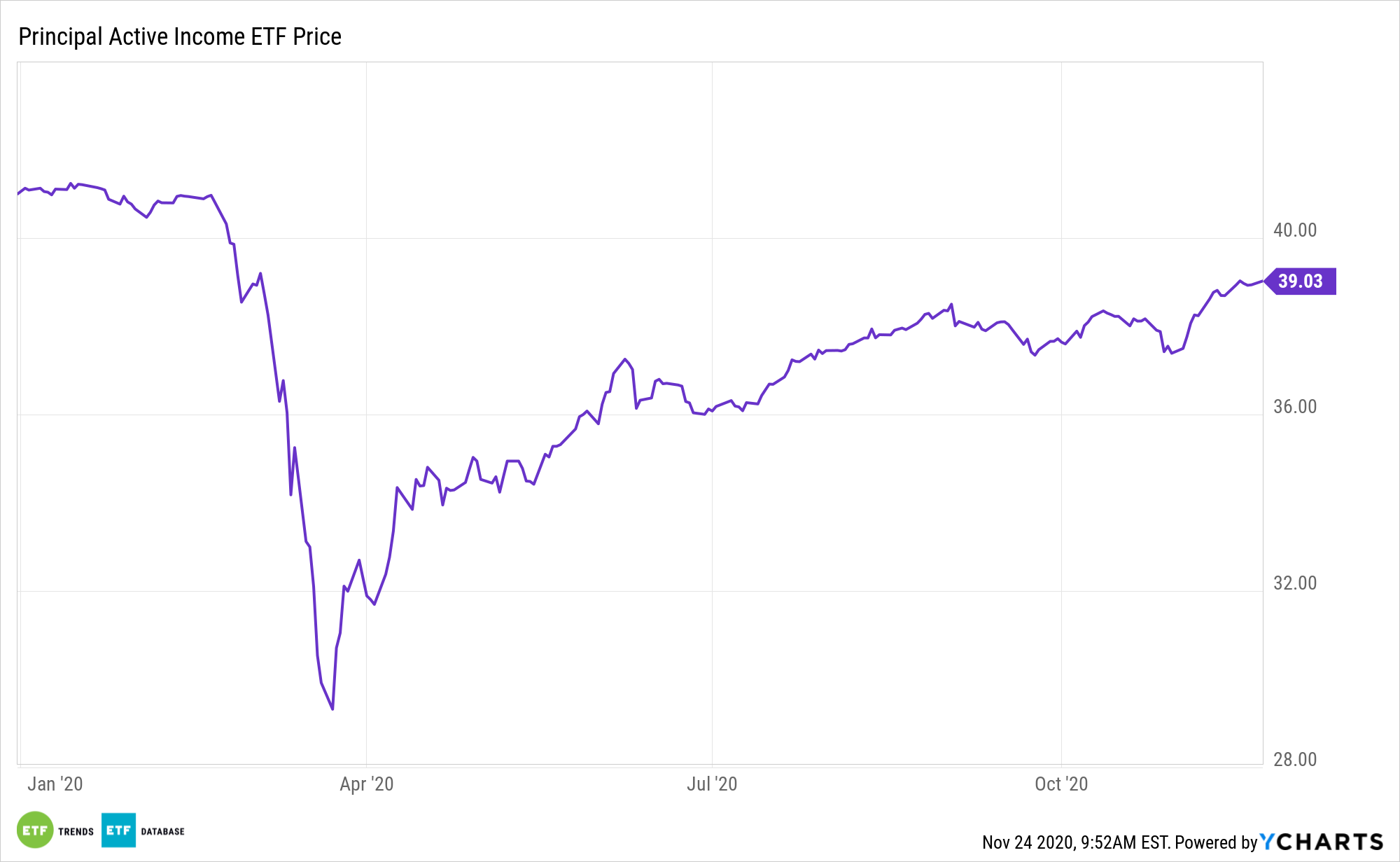In today’s low-yield climate, advisors and investors must go beyond low-yield dividend stocks and Treasuries. The Principal Active Income ETF (YLD) is one exchange traded fund with some more potential.
YLD is an actively managed fund that seeks to achieve its investment objective by investing its assets in investment grade and non-investment grade fixed income securities and in equity securities. The fund’s Sub-Advisors, actively and tactically allocates the fund’s assets among fixed income securities and equity securities in an effort to take advantage of changing economic conditions that the Advisor believes favors one asset class over another.
“Multi-asset investing recognizes that global markets are interconnected, and that new information can impact more than one asset class,” according to BlackRock. “Multi-asset funds offer the expertise of experienced fund managers who make investment decisions for you, such as whether to invest more assets overseas, shift assets from bonds to other income-generating securities, dial back risk or seek better opportunities. You benefit from high-level allocation strategy, a critical component to investment success.”
With YLD, income investors get the benefits of an active management team that can reduce risk while emphasizing higher levels of income across a myriad of asset classes.
Multi-Asset Investing Covers Multiple Bases
YLD assets are allocated across various income-producing asset classes to optimize portfolio stability, efficient growth, and income with a defensive quality bias. The ETF’s corporate bond exposure could prove particularly useful in the current market climate.

Currently, YLD’s roster includes domestic bonds and stocks, small exposures to international stocks, and fixed income assets and preferred stocks, among other others.
Uncertain times call for thinking out of the box in the current market environment and YLD is showing that a multi-asset approach can benefit investors. It’s something that exchange-traded fund (ETF) investors can try to mimic using various funds focusing on different assets.
Multi-asset funds “are generally offered by asset management firms. Some asset owners are both producers and users as they manage the assets in house. This could include insurance companies and various types of pension funds. Many asset owners do hire consulting firms to manage the multi-asset strategy products for them. The consultants generally develop and implement asset allocation programs and then select appropriate asset managers to implement them,” according to the CFA Institute.
For more on multi-factor strategies, visit our Multi-Factor Channel.
The opinions and forecasts expressed herein are solely those of Tom Lydon, and may not actually come to pass. Information on this site should not be used or construed as an offer to sell, a solicitation of an offer to buy, or a recommendation for any product.

